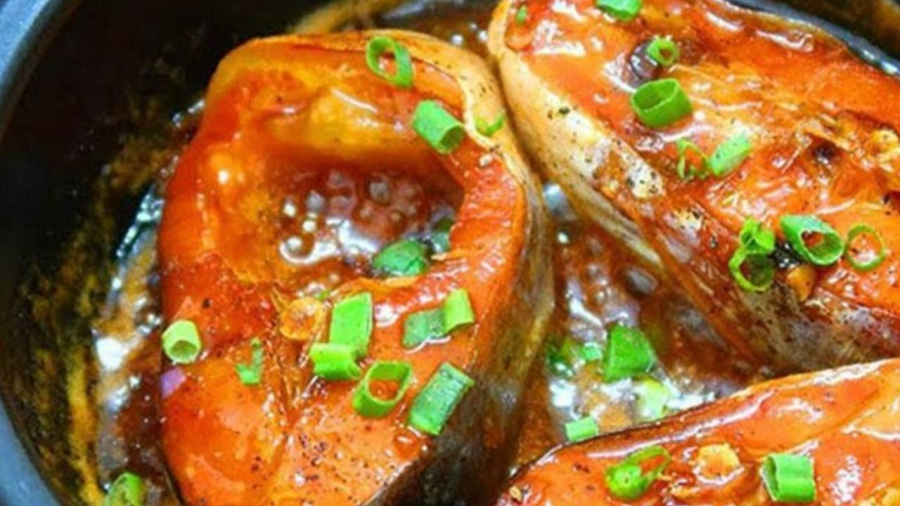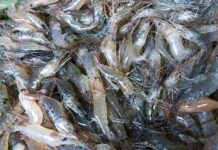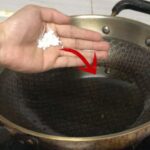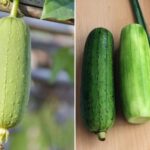How to Choose and Cook Delicious Braised Fish
Fish can be prepared in numerous delectable ways, including steaming, frying, sautéing, braising, hot pot dipping, and making porridge. However, braised fish remains the most familiar and popular dish among Vietnamese.
Each region has its unique ingredients and braising style, creating distinctive flavors. Regardless of the varying methods, a well-braised fish should have tender yet firm flesh, without disintegrating, and bones that are soft enough to chew.

Delicious Braised Fish
Ingredients
1 carp or catfish weighing approximately 1kg
200g pork belly
Vegetables and spices: chili, galangal, onion, lemongrass
Seasonings: fish sauce, salt, sugar, soy sauce, seasoning powder, caramel sauce
Instructions
Step 1: Prepare the ingredients
Clean the fish: Remove the scales, fins, gills, internal organs, and the black membrane inside the belly. Cut the fish into bite-sized pieces. To eliminate any fishy odor and mucus, rub salt crystals all over the fish, especially the skin.
Alternatively, you can use a mixture of white rum, ginger, lemon, or vinegar to scrub the fish. Afterward, rinse it with clean water; preferably, use rice washing water. Let the fish air dry.
Prepare the meat and vegetables: Rinse the pork belly and cut it into square pieces similar to those used for meat braising. Clean the vegetables and spices, crush them slightly, and then chop them finely.
Step 2: Marinate the fish
This step is crucial to ensuring a flavorful and tasty dish. The marinade recipe includes 3 tablespoons of fish sauce, 2 teaspoons of seasoning powder, 1 teaspoon each of sugar, soy sauce, caramel sauce, and oil, a pinch of pepper, and sliced chilies. These quantities are for 1kg of fish; adjust the amounts accordingly if using more fish.
It is recommended to marinate the fish for 2 hours to allow the flavors to penetrate evenly. If you’re short on time, marinate for at least 30 minutes. You can also add fresh tea leaves or used tea grounds to neutralize any fishy smell and enhance the flavor.
Step 3: Braise the fish
Arrange the ingredients and bring to a boil: To prevent the fish from sticking to the pot, line the bottom with sliced galangal and lemongrass (or substitute with sugarcane for a natural sweet taste). Place the fish and meat on top, and scatter the onion, galangal, and lemongrass between the layers of meat and fish.
Pour hot water into the pot until it barely covers the fish. Bring it to a boil over high heat, then reduce the heat. Adjust the seasoning if needed, and simmer for 30 minutes on low heat. If there’s still a lot of water in the pot, continue cooking until it reduces.
Braise the fish a second time: To ensure tender fish with soft bones, braise the fish twice. During the first braise, let the water reduce almost completely, then add more hot water to just cover the fish, and continue cooking until the water reduces again. The fish meat will become soft and melt-in-your-mouth, and the bones will be edible as well.
Avoid flipping or stirring the fish during the braising process to prevent breaking it into pieces. Once the fish is cooked, let it cool slightly before gently lifting it out of the pot using a spoon and chopsticks to ensure you get the entire piece.



































